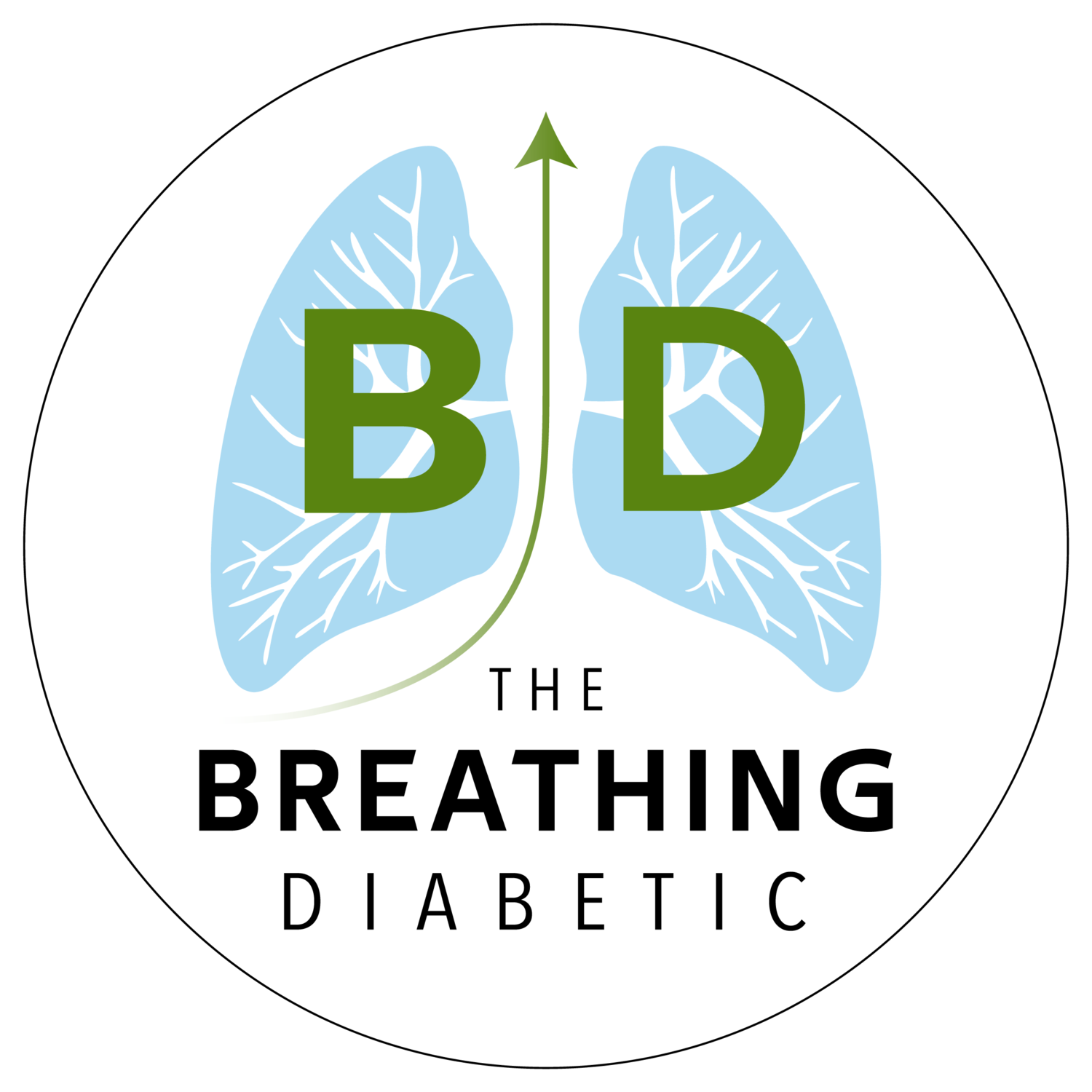🎧 Listen Instead of Reading 🎧
If you enjoy listening, you can subscribe to the audio version on Spotify, Apple Podcasts, and Audible so you don’t even have to look at the email 😊
4 Thoughts
1. Use Breathing to Help You Engage Fully with Life
“Mindful Breathing is a useful practice in its own right. It allows us to take some time out from our busy daily routines, and often creates a restful state that allows us to recharge our batteries and find some inner peace. However, I’d like you to think of it as a versatile training tool to help you engage fully in every meaningful task in your life.”
- Dr. Russ Harris, The Confidence Gap
This is the perfect way to approach any type of breath practice. We use it to find inner peace and build resiliency in a controlled environment. But, ultimately, we use that training to help us “engage fully in every meaningful task in [our] life.”
2. Beating Our Negative Biases with Slow Breathing
“We need to deal with real dangers. But much of the time we overestimate threats, which is an aspect of the negativity bias, and don't feel as safe as we actually are. This makes us feel bad, and it wears down physical and mental health over time.”*
- Rick Hanson, Ph.D., Neurodharma
Evolution wired us to notice the negative about 9x more than the positive. Although that’s good for survival, it’s not so great for our everyday health.
Enter slow breathing exercises. By activating the calming parasympathetic nervous system, they teach our bodies to feel safe. This dampens the negativity bias, helping us engage fully in things that matter (see thought #1).
3. Try it and See What Happens
“So, at the beginning, you might want to stay with the breath, or use it as an anchor to bring you back when you are carried away. Try it for a few years and see what happens.”
- Jon Kabat-Zinn, Wherever You Go There You Are
I have nothing useful to add, except that this is the best advice I’ve read for all this breathing stuff: “Try it for a few years and see what happens.” <— Count me in 😂 I hope you will join me, too.
4. Breathwalking in its Simplest Form
“Breathwalk at its very simplest means putting breathing patterns and walking together into a carefully and beautifully timed single, synchronized movement. It is walking harmonized with breathing.”
- Gurucharan Singh Khalsa, Ph.D., and Yogi Bhajan, Ph.D.
Breathwalking is a terrific way to combine 3 ancient wellness techniques: walking, breathing, and meditation. Here’s a good one to get started.
Inhale 8 steps, exhale 8 steps
Do this for 3 min
Walk normally for 2 min
Repeat as needed
It’s simple yet surprisingly powerful. Give it a shot and see how you feel.
1 QUOTE
“These ancient techniques are a reminder of a simple truth that any of us can choose to harness right now: Oxygen is life.”
- Tony Robbins, Life Force
1 ANSWER
Category: Lungs & Gas Transfer
Answer: This is the distance oxygen has to travel to get from the alveoli into the blood vessels, where it can start its journey around the body.
…
(Cue the Jeopardy! music.)
…
Question: What is 1/3 of a micron?
P.S. Michael J Stephen, MD, says that this distance is so small that it “could double without any noticeable shortness of breath at rest.”
Extra: Slow Breathing is a Natural Antioxidant
I wrote a guest blog for ResBiotic titled: Want a Natural and Effective Antioxidant? It's Right Under Your Nose. Enjoy the 3-min read!
In good breath,
Nick Heath, T1D, PhD
“Breathing is the compound interest of health & wellness.”
* An asterisk by a quote indicates that I listened to this book on Audible. Therefore, the quotation might not be correct, but is my best attempt at reproducing the punctuation based on the narrator’s pace, tone, and pauses.
Sign Up For The Breathing 411
Each Monday, I curate and synthesize information from scientific journals, books, articles, and podcasts to share 4 thoughts, 1 quote, and 1 answer (like "Jeopardy!") related to breathing. It’s a fun way to learn something new each week.
